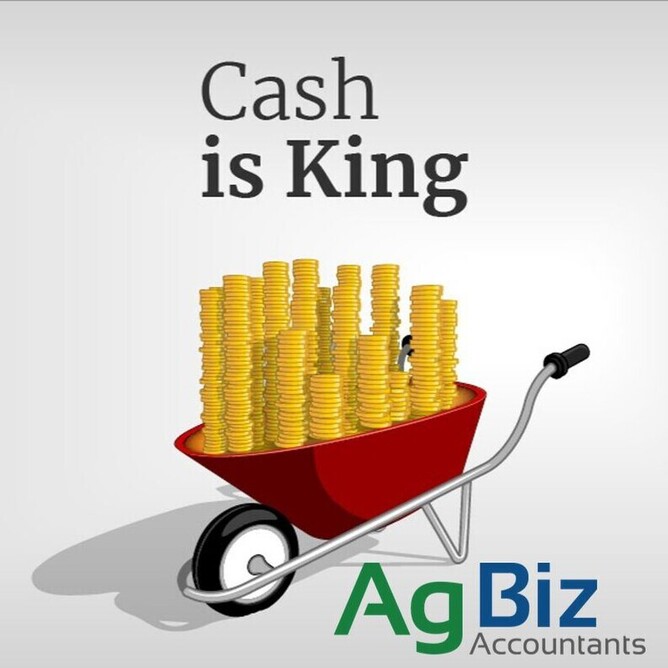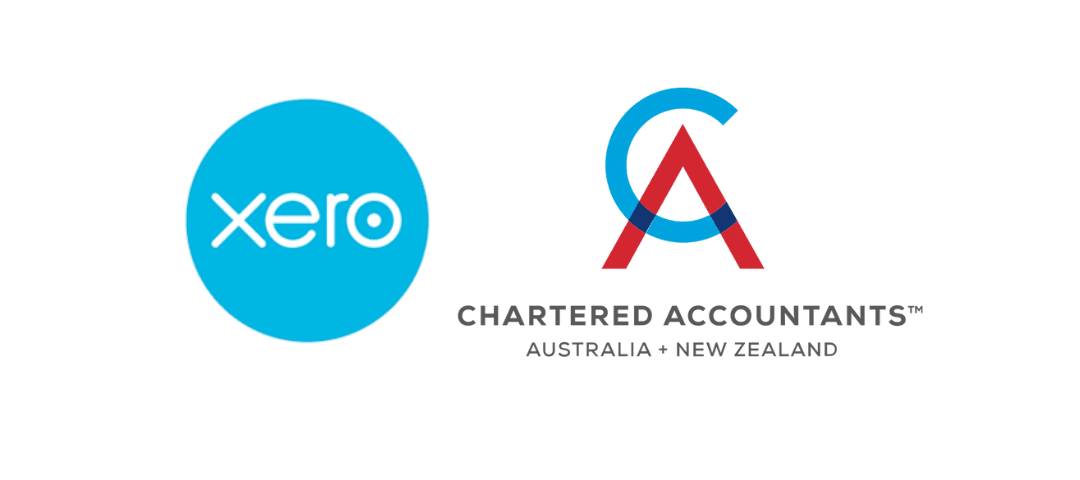Cash is king! Do you make a profit, have tax to pay but wonder where your cash is going?
There has been increasing discussions about the economy potentially slowing down. Experience shows that those in a strong cash position have opportunities available in a downturn; normally due to others bad fortunes or over-extending themselves. Those struggling to meet payroll, pay supplier invoices or stuck with old stock they cannot move have more risk.
This article uses several real-life examples to explain the differences between cash and profit. Both are fundamental for a business owner to understand and know the factors that influence them.
Please don’t hesitate to contact us to discuss your cash flow and profitability and discuss what actions you can do to improve your cash flow.
Example 1. Retail Store (trading stock)
John buys a pair of shoes for resale which cost $100 (wholesale). He sells them to a customer for $200. He then replaces his stock, with two pairs for $100 each. His $200 from the sale, has been reinvested into trading stock.
John started with $100 cash to buy the original pair of shoes for resale. He received $200 cash from the sale. He then spent the $200 cash to buy more shoes for resale.
John has tax to pay on the $100 profit ($200 sale, less $100 cost) but has no cash. The cash is tied up in the two pairs of shoes still available for sale.
If your business is increasing the amount of trading stock it is likely your business profits are tied up in the trading stock. It won’t be until the stock is sold, that the cash is realised.
Example 2. Increase in debtors (accounts receivables)
If you provide credit to your customers, there may be a delay from when the work is completed, and when you receive the cash from the customer.
John provides electrical work to a customer on 5 March 2019. He invoices the customer for $1,800 on 31st March 2019 including $1,200 of material. John’s customer forgets to pay the invoices on 20th April, and John doesn’t review his outstanding debtors.
John has made a profit of $600 on the above job ($1,800 less the $1,200 cost of materials). However, he has no cash until the $1,800 is received from the customer. Furthermore, he has had to pay for the job materials of $1,200.
John finally receives the payment from the customer on 1 October 2019 (7 months after doing the work).
Debtor management and collecting cash from overdue invoices is fundamental to a small business’ cash-flow. Please contact us if you need any assistance with this. This may also provide an opportunity to review any terms of services and contracts. This is important if you are providing goods and services without being paid upfront.
Example 3. Loan repayments (including hire purchases)
A loan repayment generally has two components; interest and principle. Interest is the cost of borrowing the money and a tax-deductible expense (reducing both profit and cashflow). Principle is the repayment of the original loan (affects cashflow only).
When the bank advances say a $400k loan to purchase a property, or $60k to purchase a new vehicle, the funds received are not income (they do not affect the profit). When you make a principle loan repayment, the repayment is not an expense, but is reduces cash.
For example, John buys a rental property worth $500k, he pays $150k deposit and borrows $350k for the balance. He pays off the $350k loan at 4% interest pa over 30 years. This results in loan repayments of $20,038 per year. The interest cost of 4% on $350,000 pa is $14,000 pa. Therefore, $6,038 each year is for the principle repayment as seen in the table below.
When looking at the full year, the property (if rented for $400 per week), will make a profit of $2,800 per year. John will have $933 of tax to pay on this profit.
However, he has negative cashflow of $4,171 per year because John must make principle loan repayments.
John must fund the loan repayments from another source of income as the rent is not enough.

Summary
The examples above, all show profits, but no cash. The cash has been reinvested in trading stock (example 1), not yet received (example 2), or spent on principle loan repayments (example 3).
Do you understand where your cash is being spent?
Understanding cashflow is fundamental for any business owner to understand and we strongly recommend you discuss your cash flow report with us on a regular basis. Please don’t hesitate us to arrange a time to discuss how you can manage your cash flow more efficiency.
Benefits of Cashflow Forecasting:
- Sets appropriate goals and targets and monitor/maintain your cash flow on a monthly basis
- Helps you understand the key drivers and therefore better understand your business
- Gives you peace of mind and control over your cash flow
- Monitors and assists with your bank lending requirements and lease agreements
- Identifies how much you need to set aside for tax
- Forewarns you of potential cashflow issues to manage and reduce the effects
- Helps you identify inconsistencies in trading
- Distinguishes between your monthly and annual business operation trends
Contact Tim Doyle or Jane Evans today for a no obligation phone call or meeting on 07 823 4980 or contact us. Our office is in Cambridge, NZ, but distance is no problem.
This material has been prepared for informational purposes only, and is not intended to provide, and should not be relied on for, tax, legal or accounting advice. You should consult your own tax, legal and accounting advisors before engaging in any transaction.





